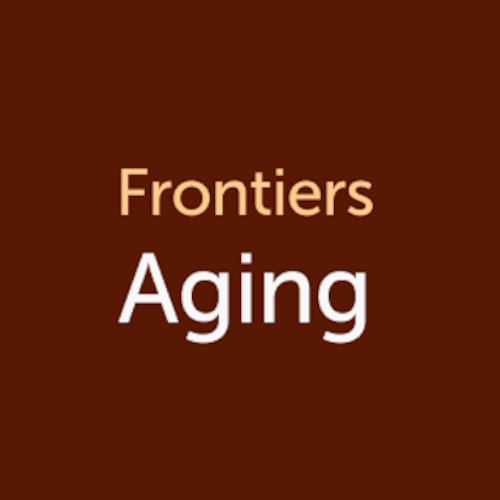Imagine your body's cells as tiny ticking clocks, each with a built-in timer at their ends called telomeres. These telomeres are like the plastic tips on shoelaces that keep them from fraying, but instead of shoelaces, they protect our genetic material. Every time a cell divides, these telomere 'tips' get a tiny bit shorter. This shortening process is natural and part of aging.
However, when telomeres get too short, it's like the plastic tip breaking off. Without protection, the shoelace (or our genetic material) can start to fray. This fraying in the cellular world can lead to cells aging, not functioning properly, or even dying. This process is at the heart of why we age and why certain diseases become more common as we get older.
The story gets more intricate when considering the body's responses to long-term stress, such as constant inflammation (like a persistent, low-grade infection) and oxidative stress (damage from harmful molecules called free radicals). Both of these can speed up the telomere shortening process, pushing our cells to age faster than they might otherwise.
Telomere-based Interventions
Scientists are exploring ways to slow down or even reverse aspects of aging by focusing on telomeres, those protective caps at the ends of our chromosomes. Some of their strategies include:
Telomerase Activators
Your body has a natural repair kit called telomerase, an enzyme whose job is to rebuild and extend those protective telomere caps. Over time, as we age, the activity of this repair kit tends to slow down, and our telomeres get shorter faster. Telomerase activators, like TA-65 and Cycloastragenol (CAG), are substances thought to give this repair kit a boost. By doing so, they might help rebuild telomeres, akin to stopping or slowing the clock on the aging process of cells.
Telomerase Gene Therapy
This approach is like giving your cells a new tool. Through gene therapy, scientists introduce the gene responsible for making telomerase directly into cells. This method doesn't just boost the repair kit; it gives cells the ability to produce more of the repair kit themselves. The idea is that if cells can keep their telomeres long and healthy, they can continue to divide and function properly, potentially delaying aging and the onset of age-related diseases.
Tankyrase Inhibitors
Tankyrases are proteins involved in the control of telomere maintenance. By inhibiting (or blocking) these proteins, the intervention aims to stabilize telomere length and health. Think of it as applying a brake system to the process that usually leads to telomere shortening. By doing so, scientists hope to prevent the rapid loss of telomere length, helping cells maintain their youthfulness and functionality for a longer time.
Antioxidants and Anti-inflammatory Agents
Our bodies are constantly under attack from oxidative stress (damage from harmful molecules that can injure our cells) and inflammation. These two factors are like rust and wear on the body, speeding up the breakdown of telomeres. Antioxidants (such as vitamins C and E, polyphenols) and anti-inflammatory agents (like omega-3 fatty acids, statins, and spermidine) work by protecting the body against this "rust" and "wear," helping to preserve telomere length. By doing so, they contribute to slowing down the aging process at a cellular level, potentially leading to a healthier and longer life.
These interventions are at the forefront of research into longevity, exploring different strategies to maintain or extend the length of telomeres, with the goal of promoting healthier, longer lives. Each method offers a unique approach to tackling the challenge of ageing, from boosting our natural repair mechanisms to providing protective benefits against environmental and biological stressors.
Future directions
As promising as these developments are, we're still at the beginning of this journey. There's a lot we don't yet understand about how telomeres work and how we can best manipulate them for health benefits. By conducting more studies and clinical trials, scientists can dig deeper into how these telomere-based treatments work and how safe and effective they are for people.
Looking ahead, researchers suggests that as we keep exploring and learning more about telomeres, we'll likely discover even better ways to use them to our advantage. This could mean developing new therapies that could help our cells stay young and healthy, potentially leading to longer lifespans and a higher quality of life as we age.
The journey into telomere research is just getting started, and it holds a lot of promise for making significant strides in how we understand and potentially control the aging process.
The research is was carried out at the University of Graz, Graz, Austria and published in the journal Frontiers in Aging.






